Agricultural properties can range in structure of appraisal, given the probability of variance from property to property, and appraisal use and requirement. Agricultural properties take on various uses including vacant land, improved with residence, land improvements such as vineyard, orchard, ground crop, tree farms and equestrian uses. Appraisal and consulting services are required for many purposes including sale or purchase, finance, divorce, estate or tax settlement, investment, strata and insurance policy requirements, bankruptcy/foreclosure, investment, financial planning, mergers and more.
Typically, the valuations will include details about the subject property including physical, financial, and location aspects. Additional information includes commentary on potential issues or qualities and characteristics that the appraiser deems impactful to the property’s value, positive or adverse, a comparison of similar properties- typically three that have sold of recent time, an overview of the overall real estate market in the area. Also within the analysis, a comparison of average sales time of comparable properties and/or estimated exposure time for the property. A review of listing history of the subject property will be research for the past 3 years.
An appraisal valuation, estimates a property’s market value by comparing it to similar properties recently selling in the area. Most properties are never exactly alike, so adjustments must be applied the comparables sales to make their values most reflective of the subject property’s. Resulting in adjusted values of each comparable, indicating a price or value it would have sold for if it had the same components as the subject.
Agricultural appraisals will likely vary in content and approaches to value dependent upon use and requirements, typically utilizing two or three valuation of the valuation methods: the Income Approach, the Direct Comparison Approach and the Cost Approach.
- The Income Approach: The Income Approach is a valuation method used to estimate the value of income producing real estate. It is based upon the premise ofanticipation or expectation of future benefits. This method converts anticipated cash flows into present value by capitalizing” net operating income by a market derived capitalization rate. This capitalization rate is extracted from sales of similar investment properties and applied to the net income of a subject property to determine it’s value.
- Direct Comparison Approach: An appraisal valuation, estimates a property’s market value by comparing it to similar properties recently selling in the area. Most properties are never exactly alike, so adjustments must be applied the comparables sales to make their values most reflective of the subject property’s. Resulting in adjusted values of each comparable, indicating a price or value it would have sold for if it had the same components as the subject.
- The Cost Approach: The Cost Approach estimates how much it would cost to replace the structure, with an applied depreciation for the subject improvements, adding in land value and site improvements -estimated cost.
CONTACT US
PHONE: 250-454-9216
EMAIL: rcappraisers@gmail.com
HOURS: Monday to Friday 9:00am to 5:00pm

